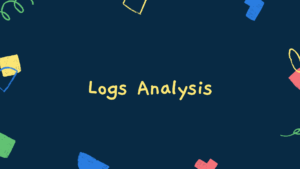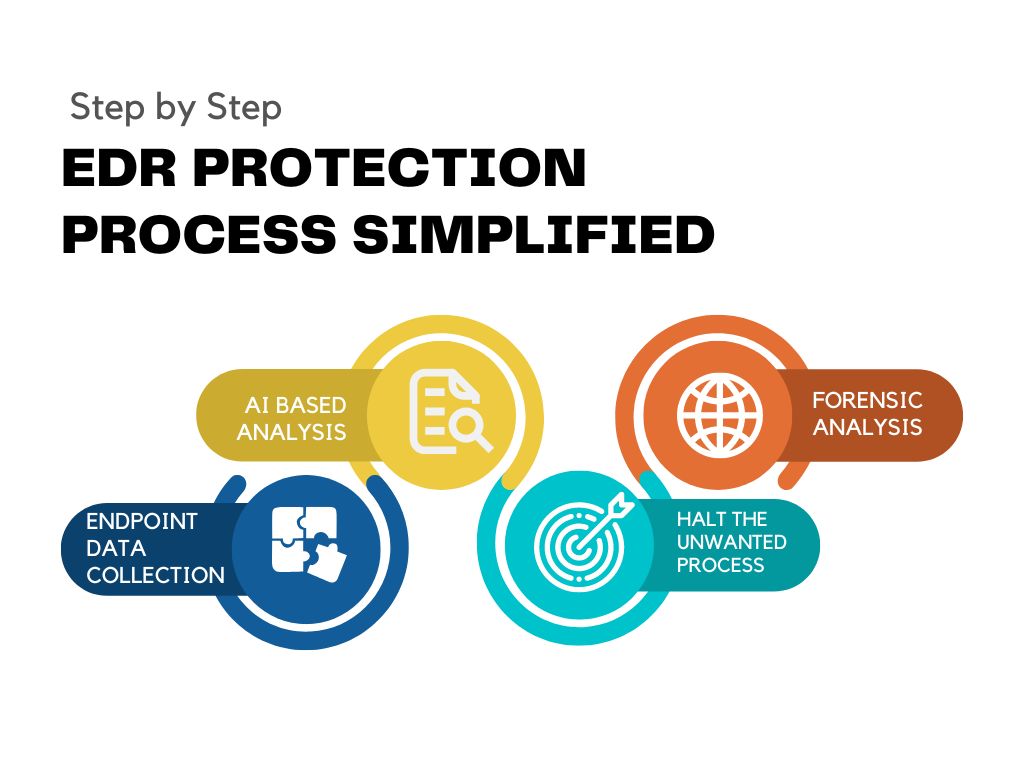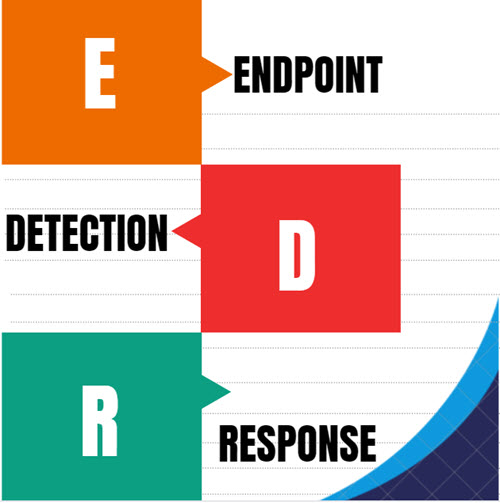 Log Analysis is the method involved with looking into, deciphering and comprehend PC created records called logs. Logs are created by a scope of programmable advances, including organizing gadgets, working frameworks, applications, and then some. A log comprises of a progression of messages in time-grouping that portray exercises happening inside a framework. Log documents might be gushed to a log gatherer through a functioning organization, or they might be put away in records for later audit. Regardless, log investigation is the fragile specialty of inspecting and deciphering these messages to acquire understanding into the internal activities of the framework.
Log Analysis is the method involved with looking into, deciphering and comprehend PC created records called logs. Logs are created by a scope of programmable advances, including organizing gadgets, working frameworks, applications, and then some. A log comprises of a progression of messages in time-grouping that portray exercises happening inside a framework. Log documents might be gushed to a log gatherer through a functioning organization, or they might be put away in records for later audit. Regardless, log investigation is the fragile specialty of inspecting and deciphering these messages to acquire understanding into the internal activities of the framework.
Instructions to Perform Log Analysis
Logs give perceivability into the wellbeing and execution of an application and framework stack, empowering engineer groups and framework heads to all the more effectively analyze and redress issues. Here is our essential five-venture process for overseeing logs with log Analysis programming:
Instrument and gather – introduce an authority to gather information from any piece of your stack
Concentrate and list – incorporate information from all log sources into a brought together stage to smooth out the inquiry and investigation process. Ordering makes logs accessible, so security and IT faculty can rapidly observe the data they need
Search and examine – Analysis strategies like example acknowledgment, standardization, labeling and relationship investigation can be executed either physically or utilizing local AI.
Screen and caution – With AI and investigation, IT associations can carry out constant, computerized log observing that creates alarms when certain circumstances are met. Computerization can empower the ceaseless checking of huge volumes of logs that cover an assortment of frameworks and applications.
Report and dashboard – Streamlined reports and dashboarding are key highlights of log investigation programming. Altered reusable dashboards can likewise be utilized to guarantee that admittance to private security logs and measurements is given to representatives updated as the need arises.
Log Analysis Functions and Methods
Log Analysis capacities control information to help clients coordinate and concentrate data from the logs. Here are only a couple of the most widely recognized philosophies for log examination.
Standardization – standardization is an information the board procedure wherein parts of a message are changed over to a similar configuration. The method involved with concentrating and ordering log information ought to incorporate a standardization step where ascribes from log sections across applications are normalized and communicated in a similar arrangement.
Design Recognition – AI applications can now be carried out with Log Analysis programming to contrast approaching messages and an example book and recognize “intriguing” and “dull” log messages. Such a framework could dispose of routine log sections, yet send a ready when a strange passage is identified.
Characterization and Tagging – as a component of our log investigation, we might need to gather log sections that are a similar kind. We might need to follow each of the mistakes of a specific sort across applications, or we might need to channel the information in various ways.
Relationship Analysis – when an occasion occurs, it is probably going to be reflected in logs from a few unique sources. Relationship examination is the insightful course of get-together log data from an assortment of frameworks and finding the log sections from every individual framework that associate with the known occasion.
Log Analysis in Cyber Security
Associations who wish to improve their capacities in a digital protection should foster abilities in log examination that can assist them with effectively recognizing and answer digital dangers. Associations that successfully screen their digital protection with Log Analysis can make their organization resources more hard to assault. Digital protection observing can likewise decrease the recurrence and seriousness of digital assaults, elevate prior reaction to dangers and assist associations with meeting consistence necessities for network safety, including:
ISO/IEC 27002:2013 Information innovation – – Security methods – – Code of training for data security controls
PCI DSS V3.1 (Parts 10 and 11)
NIST 800-137 Information Security Continuous Monitoring (ISCM) for Federal Information Systems and Organizations
The initial step to a successful network protection observing system is to recognize business applications and specialized framework where occasion logging ought to be empowered. Utilize this rundown as a beginning stage for figuring out what kinds of logs your association ought to screen:
- Framework logs
- Framework action logs
- Endpoint logs
- Application logs
- Verification logs
- Actual security logs
- Organizing logs
- Email logs
- Firewall logs
- VPN logs
- Netflow logs
- Specialized logs
- HTTP intermediary logs
- DNS, DHCP and FTP logs
- Appflow logs
- Web and SQL server logs
- Network safety checking logs
- Malware insurance programming logs
- Network interruption discovery framework (NIDS) logs
- Network interruption anticipation framework (NIPS) logs
- Information misfortune insurance (DLP) logs
Occasion logging for these frameworks and applications can produce a high volume of information, with massive cost and assets expected to deal with logs successfully. Network protection specialists ought to decide the main logs for reliable observing and influence robotize or programming based log investigation strategies to save time and assets.
Log Analysis in Linux
The Linux working framework offers a few interesting elements that make it famous among its committed client base. As well as being allowed to utilize, because of an open source improvement model with an enormous and strong local area, Linux consequently creates and saves log documents that make it simple for server managers to screen significant occasions that occur on the server, in the portion, or in any of the dynamic administrations or applications.
Log investigation is a significant movement for server directors who esteem a proactive way to deal with IT. By following and observing Linux log documents, chairmen can monitor server execution, find blunders, distinguish likely dangers to security and protection issues and even expect future issues before they at any point happen. Linux keeps four kinds of logs that framework heads can survey and investigate:
Application Logs – Linux makes log documents that track the way of behaving of various applications. Application logs contain records of occasions, blunders, alerts, and different messages that come from applications.
Occasion Logs – the reason for an occasion log is to record occasions that occur during the execution of a framework. Occasion logs give a review trail, empowering framework executives to see how the framework is acting and analyze possible issues.
Administration Logs – The Linux OS makes a log document called/var/log/daemon.log which tracks significant foundation benefits that have no graphical result. Logging is particularly helpful for administrations that miss the mark on UI, as there are not many different techniques for clients to actually look at the exercises and execution of the assistance.
Framework Logs – System log documents contain occasions that are logged by the working framework parts. This incorporates things like gadget changes, occasions, updates to gadget drivers and different activities. In Linux, the document/var/log/syslog contains the vast majority of the average framework action logs. Clients can investigate these logs to find things like non-bit boot blunders, framework fire up messages, and application mistakes.


